Unveil the Magic of Infrared Photography: Discover Gear & Tips!
In the world of photography, there exists a hidden realm that transcends the visible spectrum, opening up a treasure trove of creative possibilities. This hidden world is infrared photography. It allows us to capture stunning images that reveal the unseen, making ordinary scenes look otherworldly and mesmerizing. Whether you're an aspiring photographer or a seasoned professional yearning for a new challenge, this guide will immerse you in exploring invisible light and the essential gear you need to capture it beautifully.
The Allure of Infrared Photography

Infrared photography goes beyond mere aesthetics; it enables us to perceive and represent the world differently. By capturing infrared light—wavelengths not visible to the human eye—photographers can unveil ethereal landscapes, transform vibrant foliage into striking whites, and create hauntingly beautiful portraits. Imagine standing in a sun-drenched forest, surrounding yourself with verdant foliage that, captured in infrared, turns into dazzling white clouds. It is this strange dichotomy that brings excitement to the world of infrared photography.
Whether hiking in nature or exploring urban landscapes, each scene offers a fresh perspective, turning familiar sights into breathtaking visions. Understanding how to harness the properties of infrared light will greatly enhance your portfolio and add a unique narrative to your photography.
Understanding Infrared Light
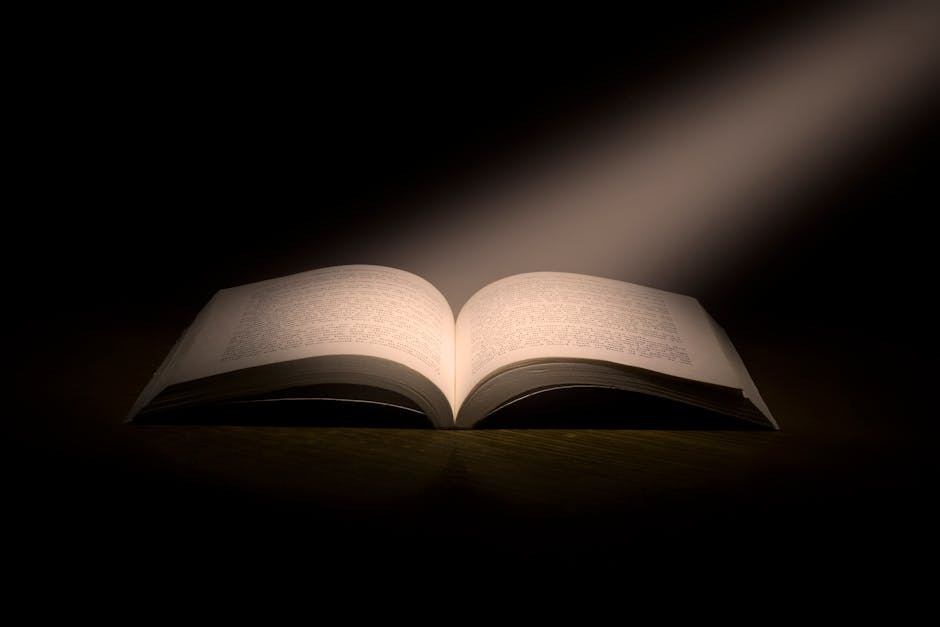
Before diving into techniques and equipment, let's examine what infrared light is. Infrared (IR) light falls just beyond the visible light spectrum, with wavelengths ranging from approximately 700 nanometers (nm) to 1 millimeter (mm). Since human eyes cannot perceive this light, it produces images that have an ethereal quality, characterized by dramatic contrasts and unusual color palettes.
Infrared photography enables you to manipulate various aspects of light, including exposure and color balance, to achieve extraordinary results. This capability invites both challenges and opportunities, making the craft a compelling journey.
Gear Up: Best Cameras and Accessories for Infrared Photography
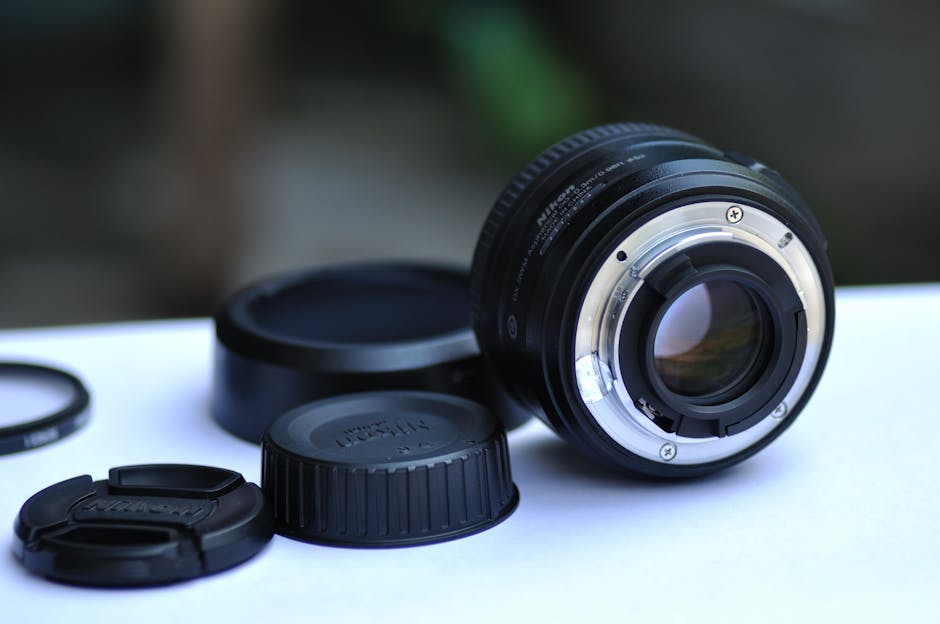
To embark on your infrared photography adventure, you need the right tools. Here's a breakdown of the essential gear along with recommendations to ensure you capture the best possible IR images.
1. Camera Choices for Infrared Photography

Not all cameras are created equal when it comes to capturing infrared light. Standard DSLRs and mirrorless cameras often have built-in filters that block IR wavelengths; however, there are a few options:
a. Convert Your Camera
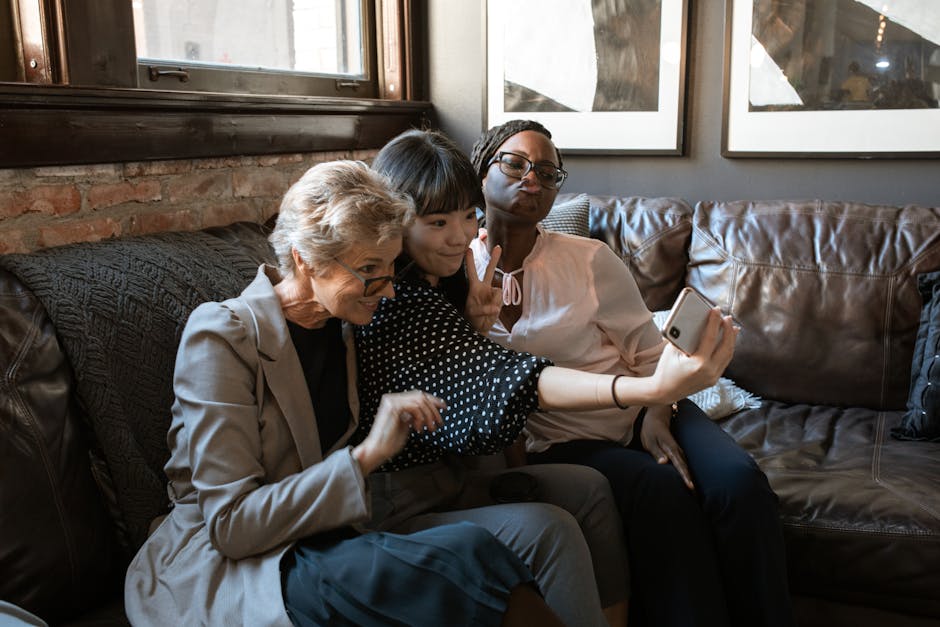
One of the best ways to take full control of your infrared experience is to convert a DSLR or mirrorless camera to an infrared-sensitive model. Services like Lifepixel or Kolari Vision specialize in these conversions. This process involves removing the internal infrared filter and replacing it with one that allows IR light to pass through, granting you unparalleled access to the invisible spectrum.
b. Pre-Converted IR Cameras

If conversion seems daunting, consider purchasing a camera specifically designed for infrared photography. Options like the Canon EOS R Full Spectrum or modified versions of well-known camera brands are available on the market, allowing you to dive headfirst into infrared photography.
2. Lens Selection
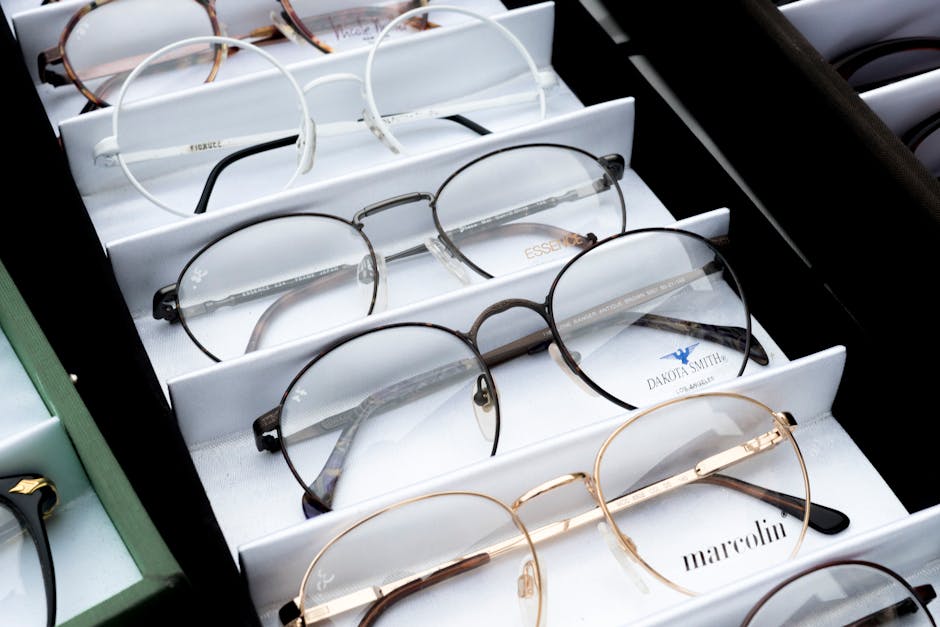
Selecting the right lens is crucial for capturing stunning infrared images. While many lenses work well, choose ones with minimal distortion and a wide aperture for reducing the effect of lens flare, which can be more pronounced in infrared photography. Popular choices include:
- Canon EF 24-70mm f/2.8L II
- Nikon NIKKOR Z 24-70mm f/2.8
- Sigma Art Series lenses, which are known for their optical clarity.
3. Filters: Enhancing Your Infrared Photography

Using infrared filters is pivotal for achieving interesting effects and enhancing the quality of your images. Consider the following choices:
-
Hoya R72 IR Filter: This essential filter allows only IR light to reach your camera sensor while blocking visible light. It can help create stark, high-contrast images.
-
590nm, 720nm, and 830nm Filters: Adjusting the filter you use based on the look you desire can greatly alter the outcome of your photograph. The 590nm filter offers visible light along with IR for lush images, while the 720nm and 830nm limits are tailored to pure infrared.
4. Tripod for Stability

Infrared photography often requires long exposure times, particularly when using filters. Investing in a solid tripod is beneficial for ensuring camera stability and preventing any motion blur. Brands like Manfrotto and Vanguard offer durable and lightweight tripods suited for various outdoor situations.
Techniques to Master Infrared Photography

Capturing infrared images requires understanding light behavior and photographic techniques. Here are several tips and tricks to help you along the way.
1. Explore Exposure Settings

When photographing in infrared, you might notice that your camera meter behaves differently. This necessitates some experimentation with exposure settings:
-
Start with Longer Exposures: Since most infrared photography involves low light conditions due to extensive filtering, start with the aperture opened slightly to allow more light in. Begin with f/8 and adjust based on the results.
-
Use Manual Mode: This setting allows greater control over your exposure triangle and simplifies adjustments throughout the creative process.
2. Adjust White Balance

The unique light captured in infrared photography requires specific white balance settings. Depending on your subject, you may want to adjust the setting to "daylight" or "cloudy" options to see how each setting influences your image. Take test shots and compare them to decide which yields the most visually appealing results.
3. Composition and Framing
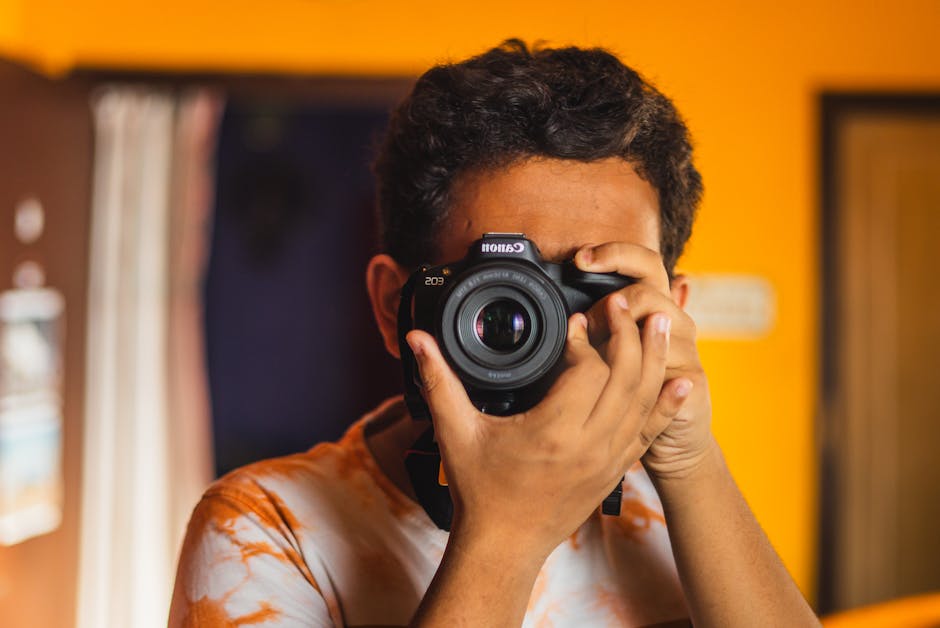
Just like traditional photography, composition plays a crucial role in infrared photography. Pay attention to how light shifts in the scene. Trees and vegetation appear bright and surreal against dark backgrounds. Use leading lines, the rule of thirds, and framing to draw attention to focal points, enhancing the visual impact of your images.
Post-Processing for Infrared Photography

Once you've captured your infrared images, editing can take the final results to new heights. Software like Adobe Lightroom and Photoshop can help you refine colors, contrast, and exposure. Some editing tips include:
- Channel Mixing: This allows you to manipulate RGB channels creatively, often yielding surprising and striking outcomes.
- Convert to Black & White: Infrared photography frequently shines in monochrome. Converting images to black and white can intensify contrasts and focus attention on texture.
- Adjust Color Channels: Play with the HSL (Hue, Saturation, Luminance) to find a unique color palette that speaks to your artistic voice.
Finding Inspiration and Community
Engagement with other photographers can be pivotal during your exploration of infrared photography. Online communities, forums, and social platforms like Instagram or Reddit allow you to connect with others, share your work, and gain valuable feedback. Consider groups focused on niche photography techniques, such as the Infrared Photography group on Facebook or similar platforms.
For further reading, dive into articles that discuss the theory of capturing color in photography, such as unlocking the power of color and exploring the unseen world for broader insight and technical recommendations.
Final Thoughts on the Infrared Experience
Embarking on the journey into infrared photography promises a spectacular adventure, replete with creativity and innovation. Equipped with the right gear and techniques, you can explore this invisible spectrum and create striking imagery that captivates your audience.
With that said, don't shy away from experimenting and developing your style—infrared photography is as much about the process as it is about the final image. The authentic stories behind every photograph come from the unique interpretations you bring to each frame. So grab your gear, seek out the unseen, and let your creativity shine through the depths of infrared light!



